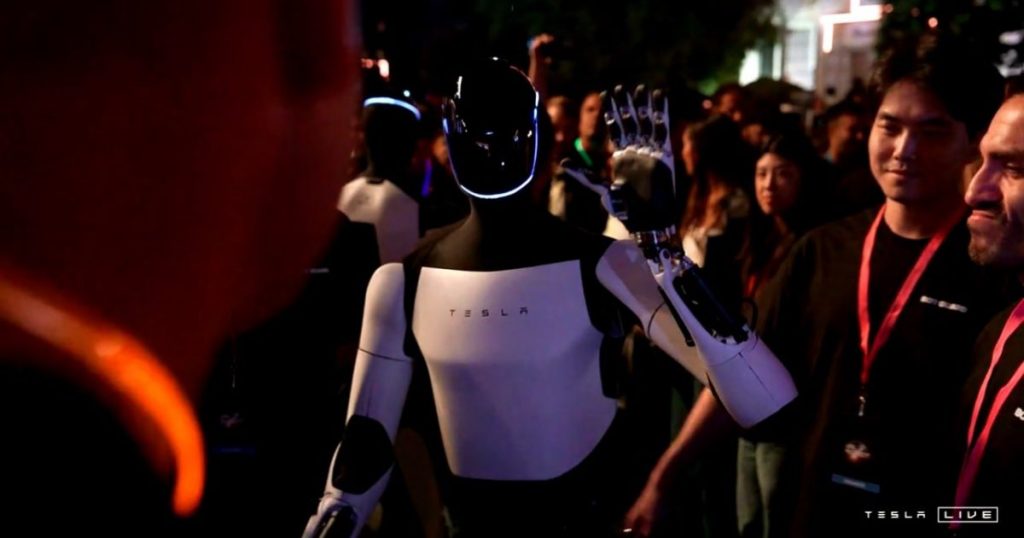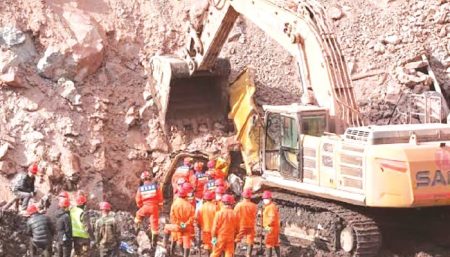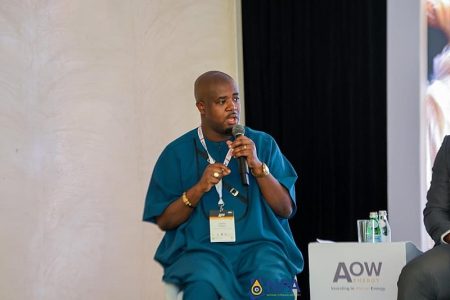Elon Musk has recently introduced a groundbreaking humanoid robot named Optimus, which he claims has limitless capabilities, marking a significant step forward in the field of robotics. The announcement was made during the highly anticipated “We, Robot” event, where Musk also showcased the latest innovations in Tesla’s self-driving technology, including the new Cybercab robotaxi and Robovan. The unveiling of Optimus is indicative of Musk’s ambitions to integrate advanced robotics into daily life, amidst a backdrop of increasing interest and investment in AI and automation.
At the event, Musk emphasized the transformative nature of Optimus, suggesting that it could perform a wide variety of tasks that would significantly ease the burdens of everyday life. The robot is designed to be versatile, with applications ranging from dog walking and babysitting to lawn mowing and even serving drinks. The suggestion that such a robot could undertake these everyday chores reflects Musk’s vision of a future where robots seamlessly integrate into households and communities, providing assistance and enhancing the quality of life.
Musk’s announcement comes at a time when the robotics sector is experiencing rapid growth, driven by advancements in artificial intelligence and machine learning. The Optimus robot aims to harness these technologies, showcasing Tesla’s commitment to pushing the boundaries of what’s possible in robotics. The development of Optimus is part of a broader trend where tech companies are increasingly exploring humanoid robots not just for industrial applications but also for personal and domestic use.
The introduction of the Cybercab and Robovan alongside Optimus underscores Musk’s strategy of creating an ecosystem of autonomous vehicles and robotic technologies that can complement one another. By integrating these advancements, Tesla hopes to revolutionize transportation and human-robot interaction, positioning itself as a leader in the evolving landscape of autonomous technologies. This holistic approach aims to maximize the efficiency and utility of both vehicles and robots, creating a future where these technologies work in tandem to serve society.
Moreover, Musk’s bold claims about Optimus provoke discussions on the ethical implications and potential societal impacts of humanoid robots. As these machines become more prevalent in daily tasks, questions arise regarding job displacement, privacy, and security. The scenario Musk envisions could lead to significant shifts in labor markets and daily living, necessitating ongoing dialogue about the responsibilities of tech companies and the frameworks needed to manage these advancements responsibly.
In conclusion, the unveiling of Optimus represents a pivotal moment in the robotics industry, with Elon Musk positioning Tesla at the forefront of this technological revolution. By promoting a vision of a future in which robots assist with everyday tasks, Musk is not only expanding the possibilities of robotics but also encouraging society to consider the broader implications of such advancements. As we move forward, the developments within Tesla and similar tech companies will undoubtedly shape the next chapter in our interaction with technology, ultimately exploring what it means for humans and robots to coexist.














